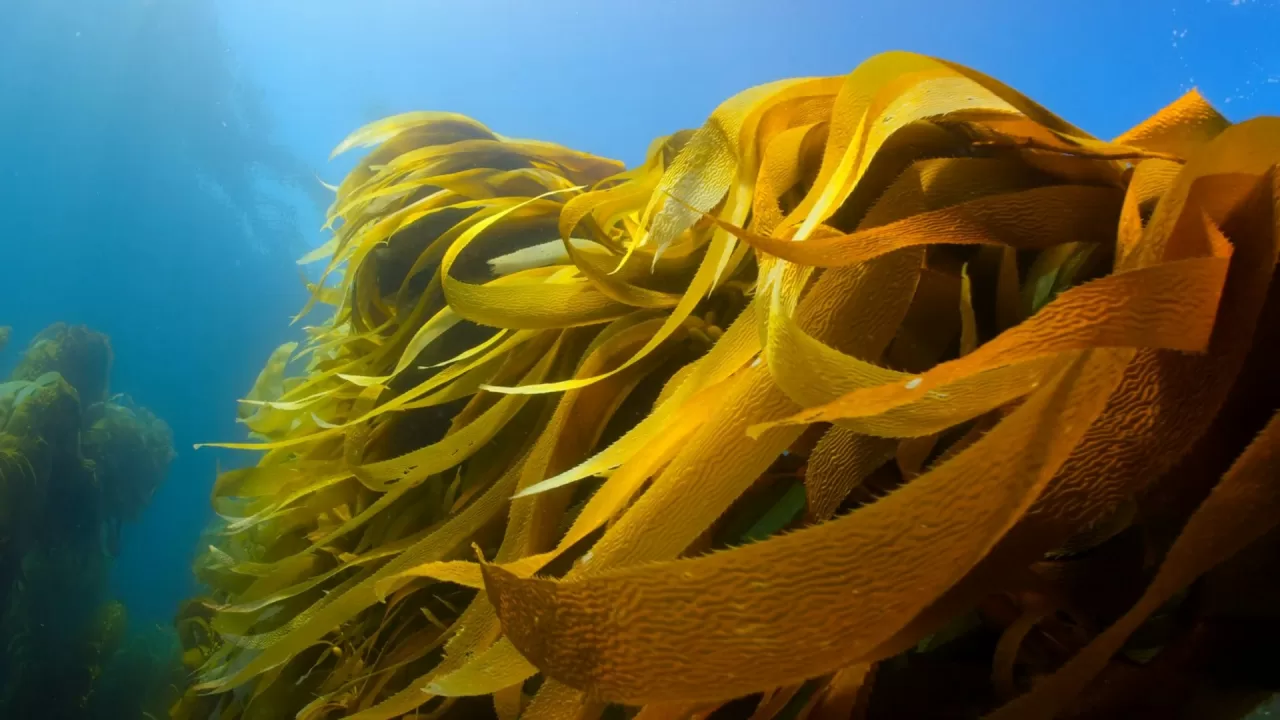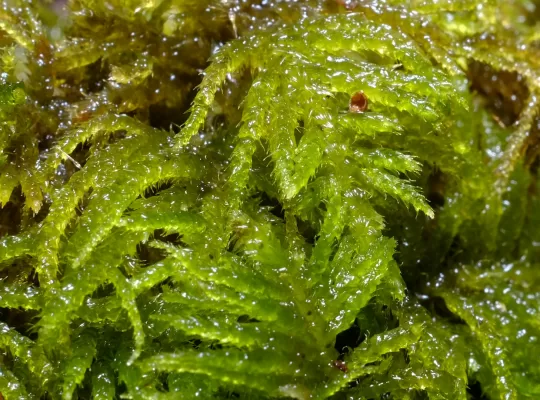A team of scientists from around the globe has made an exciting discovery, shining a light on how seaweed forests are unsung heroes in the battle against carbon emissions. This research, led by the University of Western Australia and published in a prominent science journal, Nature Geoscience, concludes that seaweed plays a crucial role in trapping carbon from the atmosphere and storing it in the ocean’s depths.
These underwater forests, mainly made up of large brown seaweeds like kelps and rockweeds, turn out to be one of the richest and most dynamic marine ecosystems. Not only do they support an array of marine life, but they also grow quite fast, similar to terrestrial forests, and are champions at sucking in carbon dioxide. This captured carbon is then stored in their bodies and eventually some of it makes its way to deep ocean areas, securely locked away from the atmosphere.
Dr. Karen Filbee-Dexter from the University of Western Australia and the Norwegian Institute of Marine Research, a lead researcher on the project, pointed out that a significant chunk of this carbon could stay buried in these deep ocean “sinks” for over a century, effectively keeping it out of our atmosphere.
The research further identifies that seaweed forests in countries like Australia, the US, New Zealand, Indonesia, and Chile have an especially high capacity for removing carbon from the atmosphere. Through advanced global ocean models, the team was able to follow the journey of carbon from seaweed from the coastlines to these deep waters. It turns out that seaweed could account for three to four percent of the ocean’s total capacity for carbon storage, signaling that seaweeds deserve a spot in global carbon budget discussions.
However, the destruction of seaweed forests means the cessation of carbon capture in these areas. Dr. Albert Pessarrodona, a co-author of the study, emphasizes the pressing need to protect and restore seaweed forests. He notes that they are disappearing at an alarming rate due to human activities such as warming oceans, marine heatwaves, nutrient pollution, and overfishing.
Despite seaweed restoration not being the sole solution to climate change, it offers a dual benefit by pulling carbon out of the atmosphere while boosting marine biodiversity and supporting fisheries. Dr. Pessarrodona suggests that responsibly managing these seaweed forests can tackle the combined crises of biodiversity loss, pollution, and climate change, making these underwater ecosystems a key ally in our fight against global warming.















